Expansion of Retail Channels
The Herbal Tincture Market is witnessing an expansion of retail channels, which is likely to enhance product accessibility for consumers. Traditional brick-and-mortar stores, alongside online platforms, are increasingly stocking herbal tinctures, thereby catering to a broader audience. The proliferation of health food stores, pharmacies, and wellness centers has made it easier for consumers to find these products. Additionally, e-commerce platforms have emerged as a significant sales channel, with data indicating that online sales of herbal tinctures have increased by over 30% in recent years. This diversification in retail channels not only boosts visibility but also encourages consumer experimentation with various tincture formulations.
Increasing Consumer Awareness
The Herbal Tincture Market is experiencing a notable surge in consumer awareness regarding the benefits of herbal products. As individuals become more informed about the potential health advantages of herbal tinctures, there is a corresponding increase in demand. This trend is supported by various studies indicating that consumers are increasingly seeking natural alternatives to synthetic medications. The rise in health consciousness has led to a greater emphasis on preventive healthcare, which aligns with the properties of herbal tinctures. Furthermore, the market data suggests that the herbal tincture segment is projected to grow at a compound annual growth rate of approximately 8% over the next five years, reflecting the growing inclination towards natural remedies.
Growing Interest in Holistic Health
The Herbal Tincture Market is benefiting from a growing interest in holistic health practices. As more individuals seek to address their health concerns through a comprehensive approach, herbal tinctures are increasingly viewed as a viable option. This trend is reflected in the rising number of wellness programs and workshops that emphasize the use of herbal remedies. Market data indicates that the holistic health sector is expanding, with herbal products playing a crucial role in this growth. The integration of herbal tinctures into wellness routines suggests a shift towards more natural and integrative health solutions, which may further drive market demand.
Regulatory Support for Herbal Products
The Herbal Tincture Market is likely to benefit from increasing regulatory support for herbal products. Governments and health organizations are recognizing the importance of herbal remedies in promoting health and wellness. This regulatory backing may lead to more standardized practices in the production and marketing of herbal tinctures, enhancing consumer trust. Furthermore, as regulations evolve, there may be an increase in research funding aimed at validating the efficacy of herbal tinctures. This could potentially lead to a more robust market, as consumers become more confident in the safety and effectiveness of these products.
Rising Popularity of Personalized Medicine
The Herbal Tincture Market is experiencing a rise in the popularity of personalized medicine, which is likely to influence consumer preferences. As individuals seek tailored health solutions, herbal tinctures offer a customizable approach to wellness. This trend is supported by data indicating that consumers are increasingly interested in products that cater to their specific health needs. The ability to create personalized tinctures based on individual health profiles may enhance the appeal of herbal products. This shift towards personalized health solutions could drive innovation within the herbal tincture market, as manufacturers explore new formulations and combinations to meet diverse consumer demands.


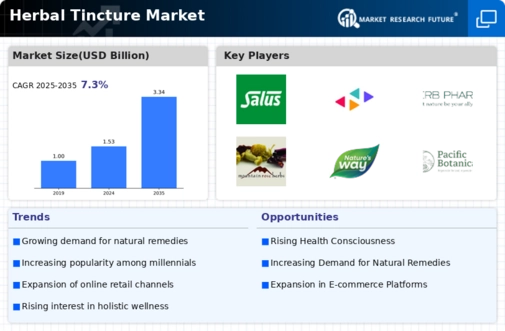
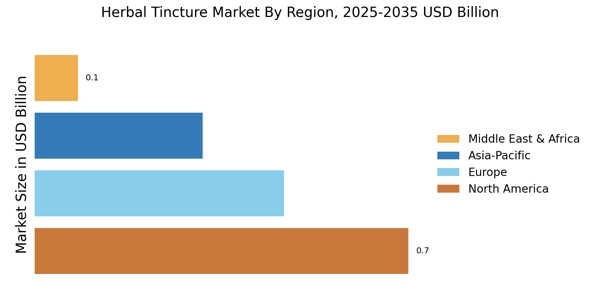
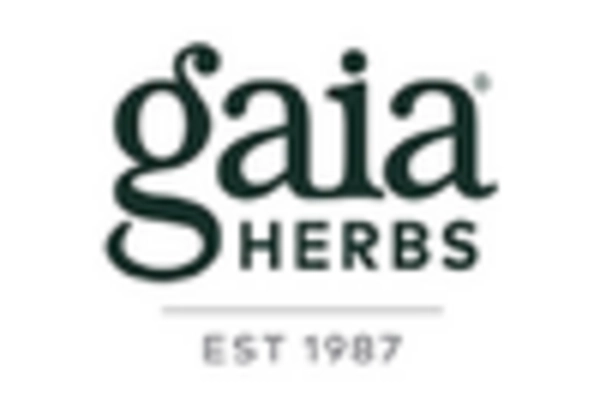
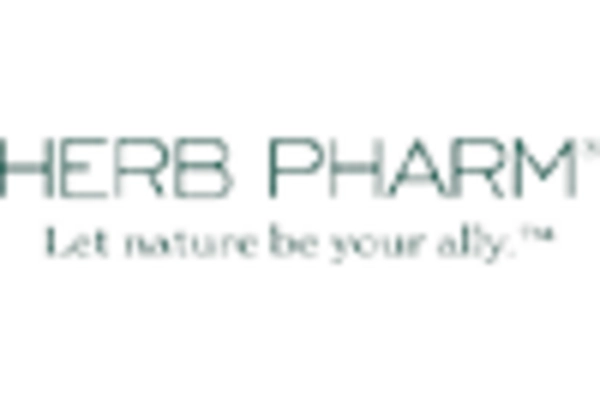
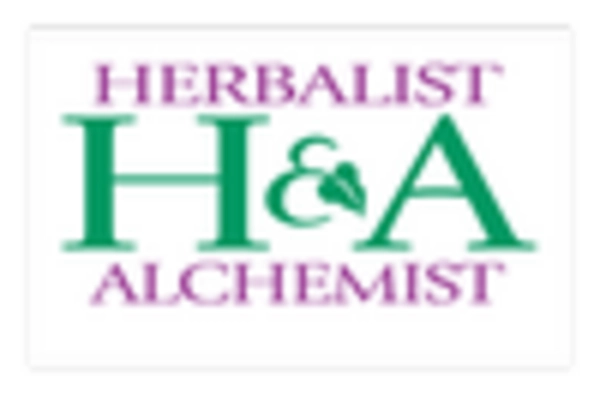
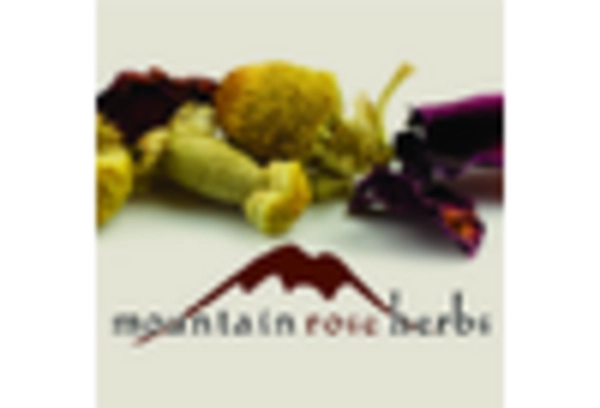
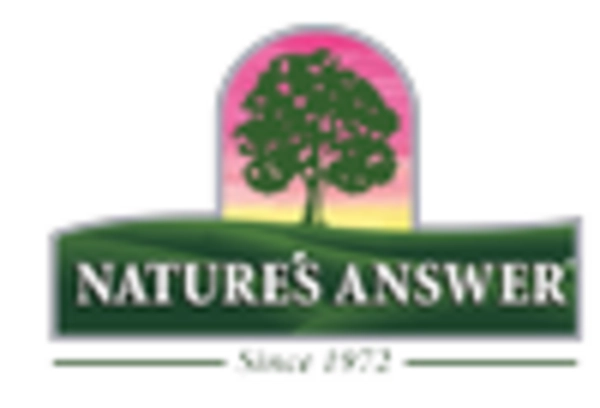
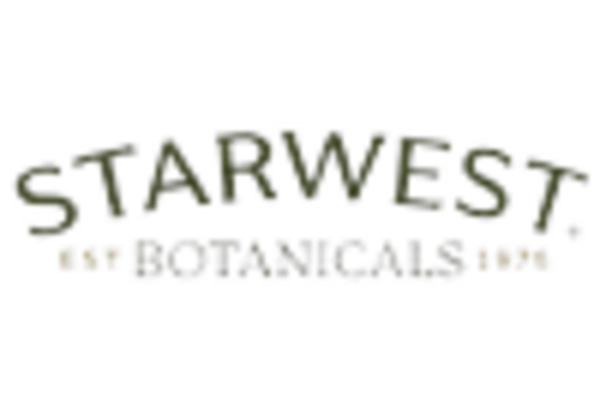








Leave a Comment